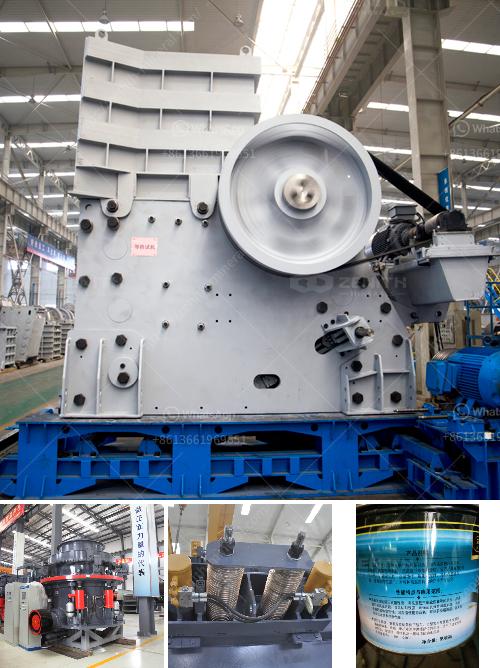Processing limestone ore typically involves several stages. Here are the general steps:
-
Extraction/Mining:
- Identification: Discover and map out limestone deposits.
- Drilling & Blasting: Use drilling and controlled explosions to break the limestone into manageable pieces.
-
Crushing:
- Primary Crushing: The raw limestone is transported to the crushing plant and broken down into smaller chunks.
- Secondary & Tertiary Crushing: Further grinding and pulverizing to achieve the desired size.
-
Screening & Washing:
- Screening: Separate the crushed limestone into different size fractions.
- Washing: Remove impurities like clay, soil, and sand.
-
Calcining (for producing lime):
- Kiln Processing: The limestone is fed into a kiln, where it is heated to high temperatures (about 900°C) to produce quicklime (calcium oxide).
-
Cooling:
- Cooling: Quicklime is cooled down to prevent it from reacting spontaneously with moisture.
-
Hydration (for producing hydrated lime):
- Hydration: Quicklime can be mixed with water to produce hydrated lime (calcium hydroxide).
-
Milling & Grinding (for final product form):
- Milling: Further grinding and milling to produce fine powders or specific product sizes.
-
Screening and Sorting (for various market requirements):
- Final Screening: Ensure the lime or limestone meets specific quality standards.
- Sorting & Packaging: Sort by size and package according to market requirements.
-
Quality Control & Testing:
- Laboratory Testing: Conduct tests to ensure the material meets industry standards and specifications.
-
Distribution:
- Logistics & Transportation: Packaged product is transported to retailers or directly to end-users.
Each step is crucial to ensure the limestone is processed correctly to meet various industrial or construction requirements.

